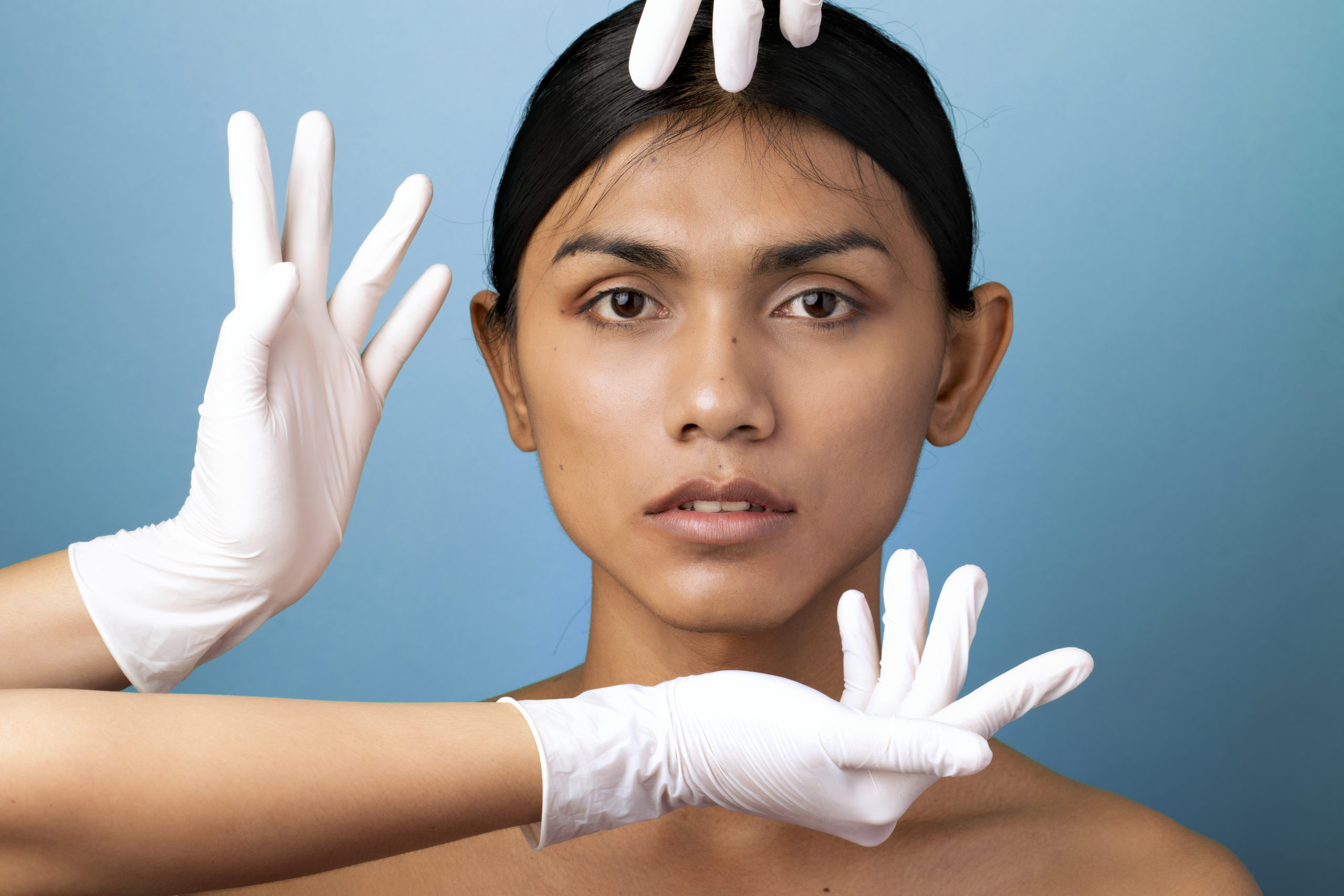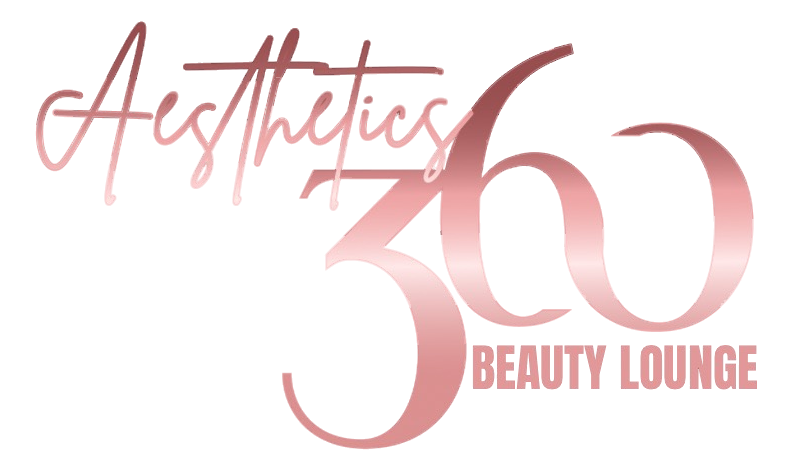How Often Should You Get BOTOX® Cosmetic?
Two of the best things about BOTOX® are the accessibility of the treatments and fast results. Unfortunately, the effects are only temporary. In order to maintain the look, you have to return for a touch-up every once in a while.
If you’ve never received Botox before, you probably have questions like:
• How often you should get Botox?
• Is Botox dangerous?
• Is there such a thing as too much?
BOTOX Ingredients: Are They Harmful?
 Even after FDA approval, people wondered whether it was dangerous to use Botox. After all, the main active ingredient is the same substance that causes botulism poisoning. Surely that isn’t safe to inject into your body, right?
Even after FDA approval, people wondered whether it was dangerous to use Botox. After all, the main active ingredient is the same substance that causes botulism poisoning. Surely that isn’t safe to inject into your body, right?
Well, yes and no.
The active ingredient in Botox, botulinum toxin, is derived from the neurotoxin Clostridium botulinum (C.botulinum), which is a very dangerous substance when taken in its pure form. However, the Botox used for cosmetic and medical purposes is created from the purified protein of the Type A botulinum toxin (onabotulinumtoxin A) and used in tiny amounts. One gram of this protein can supply the world with Botox for a whole year.
Once the world of beauty found out just how safe and effective this treatment was, Botox parties sprang of all over the world. People who didn’t even need it – and were unqualified to administer Botox – began injecting themselves and their friends.
Botox, both the cosmetic and medical varieties, is only available with a prescription for use by those who are trained and licensed to use it. However, it is still perfectly safe when used as indicated and in recommended dosages.
BOTOX Effects and Side Effects
When used as directed under the supervision of a qualified professional, BOTOX has few side effects. Most people experience a little swelling and redness at the injection site, which usually disappears after a few hours.
More serious side effects include dizziness, numbness, drooping eyelids, and headache or allergic reactions to one of the ingredients. You should seek immediate medical attention if you experience muscle weakness, blurred vision, difficulty speaking/swallowing, or incontinence.
In addition to the botulinum protein, each Botox injection contains:
• Albumin Human (a blood protein)
• Sodium chloride
This formulation is freeze-dried and vacuum-sealed and then reconstituted in a sterile saline solution.
What Could Happen if you use too Much BOTOX?
Botox is a safe and effective anti-aging treatment for men and women. The best time to start Botox injections is when you begin to notice fine lines and wrinkles at the corners of your eyes, between the brows, around the lips, or on the forehead that don’t disappear when your face is in a relaxed state.
It’s also proven effective against “cobblestones” on the chin. This is the result of dimpling of the mentalis (chin muscle) that results in cottage cheese or orange peel texture over the surface of the chin.
Cosmetic Botox isn’t a permanent solution to the appearance of lines and wrinkles, but the effects do last for at least two months or more. The recommended schedule of Botox treatments is a touch-up every 3 – 4 months. Injections take about 20 minutes, so you can book an appointment whenever you have half an hour of free time and then get back to your normal schedule right away.
One of the interesting things about Botox is that the effects seem to last longer the longer you use it. Clients who’ve received Botox injections for several years note that they need fewer treatments over time. Getting Botox twice a year seems to preserve the results for regular users.
Despite common fears, the cumulative effects of aging won’t suddenly appear if you halt treatments. Your face will simply return to its pre-treatment state.
Is Too Much Botox Dangerous?
You might wonder, if Botox is so safe, then will larger amounts or more frequent treatments offer greater benefits?
Well, this is one case where more is not better.
There is some evidence that those who need cosmetic Botox but use it as a preventative can actually weaken facial muscles over time. Too much Botox, or a migration of the injection from the immediate treatment area, can cause problems.
Since the injections are created from a formulation of the botulinum toxin, high amounts could potentially result in botulism poison, a toxic and fatal form of food poisoning. However, such cases are extremely rare, with only 36 confirmed cases reported between the time it was first indicated for commercial use and FDA approval.
The signs of too much Botox include:
• Dropping of the muscles in the forehead. This is due to excessive relaxation of the muscles in this area.
• Hooded or drooping eyes. The cause is the same as for forehead drooping.
• Lack of facial expression when talking, smiling, or feeling strong emotions. This is that classic “frozen face” that so many celebrities seem to wear. No matter if they’re smiling or talking, any features in the treatment area remain still.
• Asymmetrical facial features. This is similar in effect to lack of facial expression, but it can occur within the treatment area, Often, it’s the result of an uneven application that will leave part of the face looking adequately treated while the other looks completely untreated or frozen.
• Unnatural gap between the eyebrows. The normal appearance of the brow causes it to contract inward a little. Excessive Botox between the eyes will result in an unnatural expanse of immovable skin.
• Odd movement in the forehead area. Too much Botox injected into the forehead will result in a smooth, blank spot in the middle, but odd wrinkles or crinkles along the hairline.
The effects of too much Botox aren’t usually permanent and will lessen as the effects wear off. About two weeks after your treatment, you can apply a heating pad set on low to affected areas to speed the process.
Risk Factors: Who Shouldn’t get Cosmetic BOTOX?
Although some formulations of Botox are approved by the FDA for treating certain medical conditions in people as young as two years old, there are few reasons for anyone to use cosmetic Botox before the age of 40. It does nothing to prevent facial wrinkles and creases, nor does it worsen existing signs of aging if you stop using it.
Botox works by preventing the release of chemicals in nerve pathways at the injection site, which temporarily stops them from contracting. The relaxation of the underlying muscles results in softening of the facial features they support and reduces the appearance of deep lines or creases.
Treatments will do nothing for you unless you have signs of premature to advanced aging. However, since wrinkles are caused by the action of frowning, smiling, and other repetitive muscle contractions over time, younger people could possibly benefit from bi-annual injections of small amounts of Botox to limit the contractions that will lead to facial lines in the future.
Others who should avoid Botox, or related brands like Myobloc®, Dysport®, and Xeomin®, include:
• Those who’ve had an allergic reaction to Botox or any of its ingredients in the past
• Those with ALS (Lou Gehrig’s disease), myasthenia gravis, or Lambert-Eaton syndrome
• Anyone with severe dysphagia or respiratory problems
Ready to Turn Back the Hands of Time?
Our goal is to set your mind at ease while offering the facts about your treatment. Safe, effective Botox cosmetic is as close as a visit to our facility.
Just give us a call at (720) 499-6460 or visit our website to book an appointment today.
